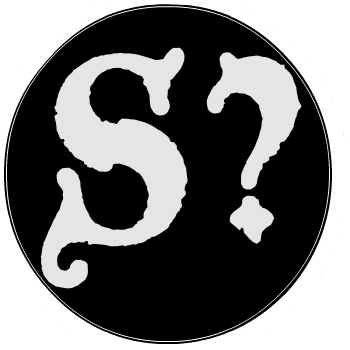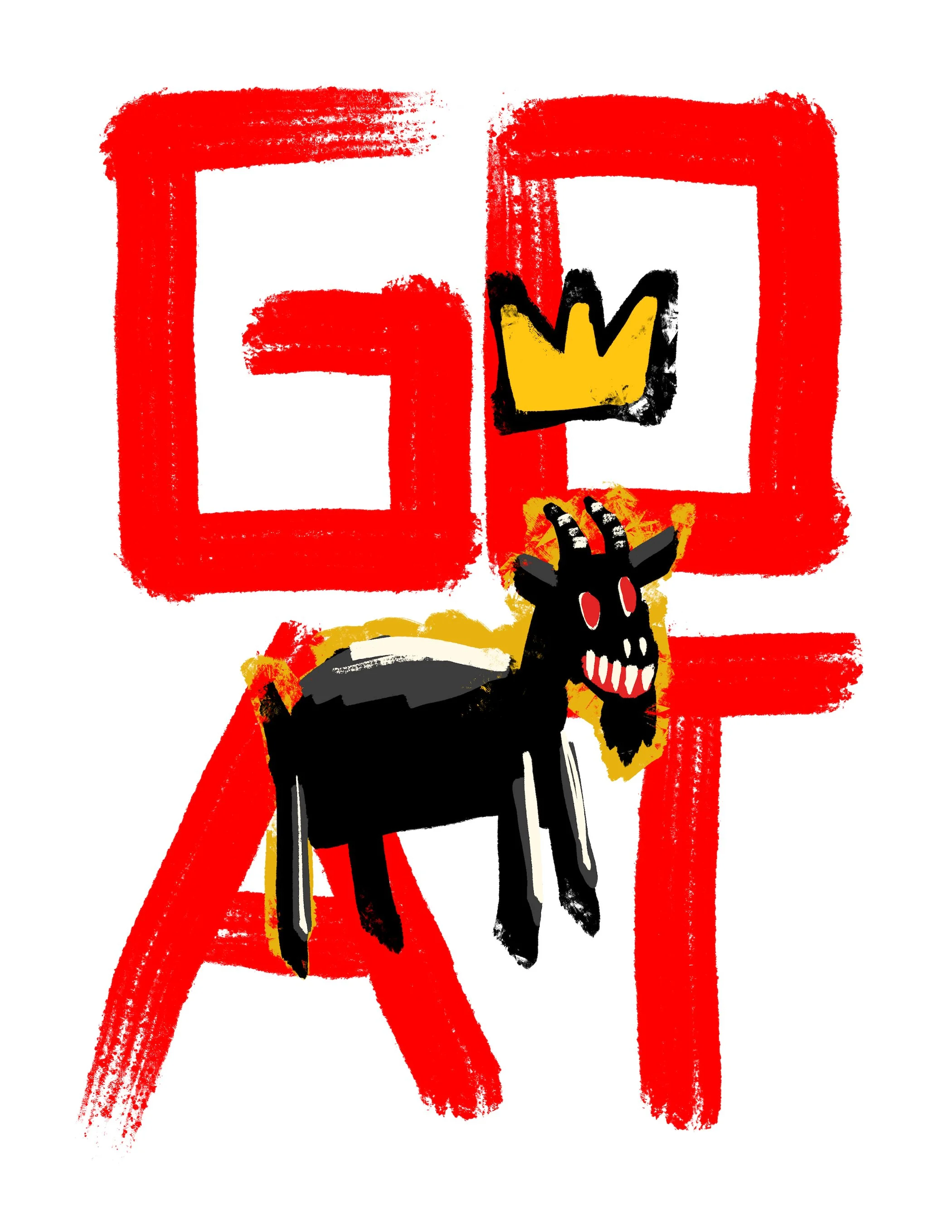A Goat On Fire
Beethoven. Duke Ellington. Bob Marley. Stevie Wonder. Hendrix. Madonna. Prince. Beyoncé. And, of course, Akon. Every once in a while an artist comes along who changes the direction of music history, by redefining an instrument or genre, by allowing us to hear and feel what previously only they could.
We were lucky enough to sit down with AGOF (an acronym for A Goat On Fire), an emerging musician who is unique in their own right. We absolutely would not put them in the above category. In fact, the actual songs from their eponymous EP are relatively straight forward boom-bap hip-hop with below-average production, muddy dynamics, monochromatic flow, and a distinct lack of catchy hooks or replay-ability. It sounds like it was written and recorded hastily in a bedroom closet by someone who doesn’t do this very often. The EP would not be worthy of review or mention were it not for one remarkable fact about the front man; AGOF is, in fact, a goat.
To our knowledge, this is the first non-human mammal to write and record a musical album in English. Of course there have been rapping parrots, but they just mimic their human trainers. As described in the lyrics of his recent release, while living as a captive farm animal, AGOF learned English, practiced rhyming, broke into the farmhouse to use a computer, recorded five original tracks and successfully released them on Spotify.
While his music itself will certainly not be influential, his story is. It may forever change the way we see domestic animals, at least those that can keep a beat and drop bars. For all the goats or dogs or pigs that have dreams of not just grazing and chasing squirrels, but of breaking out and sharing their voice with the world, A Goat On Fire may be the inspiration they’ve been waiting for.
How did you start making music?
“As a young kid I remember listening to my mom chew clover. It had a rhythm to it that I found soothing. One afternoon, as she was chewing, I started trying to stomp my hoof to the same rhythm. ‘Clop clop clop.’ It was very rudimentary, but to me it was a revelation: sounds can be put together into patterns that are pleasing to hear. My mom also understood what we had stumbled upon. She encouraged me to experiment with other surfaces for making beats, like the iron gate and our jingling collars. Honestly, if she wasn’t so busy raising my eight siblings and producing milk she may have been the first goat to release an album.”
Who are your influences?
“As I began to appreciate the rhythms of the farm, I also started noticing snippets of human music that drifted out of the farmhouse or careened past from the nearby road. I didn’t know the names of the artists unless they were mentioned in the lyrics of the songs. There was one artist in particular who caught my attention, someone named Snoop Dogg. He always made sure to state his name and also would often spell it out, which helped with my comprehension. Naively, I used to think he was an actual canine dog. He gave me the confidence to try making music as a non-human, in addition to having a huge influence on my musical direction.”
How did you teach yourself to use a computer?
“You’d be surprised at how much we overhear out there in the barn. The farmer’s kids would come around talking about the latest trends, about touchscreens and passwords, desktops and email. I didn’t understand much of what I heard, but would catch glimpses of them using their smart phones from time to time. One evening, the farmer and his whole family left in the truck to go somewhere called a ‘supper club.’ I’m not sure what came over me, but I quickly leapt the fence, carefully nosed the front door handle, and wandered into the farmhouse to look for one of these ‘computers.' My first attempt was mostly unsuccessful, but I did find the machine. I remember being relieved that the computer ‘mouse’ wasn’t a live animal! I snuck back to my pen before the family returned home, none the wiser. Over the course of almost a year, I went into the farmhouse whenever the whole family was out and practiced logging on to the computer, eventually gaining access to the human internet and music production software.”
Tell us about the goat internet.
“You heard about that? It’s growing faster than I can keep track of! While teaching myself music production and English, I also realized we goats needed a place to communicate online, a place to find answers for goat-related problems, even a place to shop for goat-specific goods. After some trial and error, I was able to launch goatgoogle.com, goatfacebook.com, goattwitter.com, and goatamazon.com. We also have goat copies of other major human websites in the works. Eventually, my team and I plan to build an entire goat internet, a network of websites parallel to the human internet that serves the needs of goats and other ungulates.”
What do your fellow goats think of your music? Of your success?
“At first, many were apprehensive and, I think, didn’t really understand. And I don’t blame them! I still don’t fully understand what I’m getting myself into. But since they’ve heard the music and especially since the launch of the goat internet, my goat family and friends have been overwhelmingly supportive. My success is their success and they just want this thing to keep growing. Though I’m pretty sure most of them would still rather listen to a good bleating goat than to human-style hip-hop.”
What does the future hold for AGOF?
“Honestly, I’m just trying to enjoy this right now. It’s all happening so fast! I need to unplug a bit and just chew some cud with my day-ones. But after a little break, I want to get more goats access to Spotify and the broader goat internet. I’m just one goat but I know there are others, and farm animals of other backgrounds, that have a pent-up song to sing. This is not the last you’ll hear from us.”




